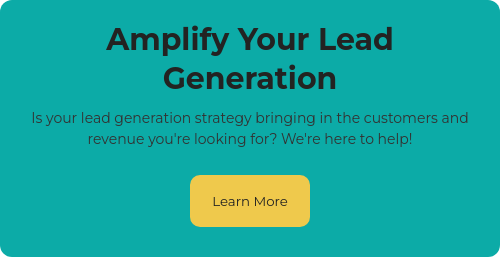The tech marketing funnel is essential to get your brand more leads and more revenue. Whether your product has hit the market or is still in the development stage, you need to be prepped for how you plan to get leads and how you plan to nurture them. In the digital age we live in, not being prepared is no longer an excuse. We’re here to help you get started with five growth facts that will keep you prepared for leads coming in and continually increase your revenue.
1. The Marketing Funnel Has Changed
A traditional marketing and sales funnel includes four main stages. At the top of the funnel, we have awareness, followed by consideration, evaluation, and purchase. The funnel is designed to get more leads and increase the probability of conversion.
Awareness: What platforms are your audience on?
Consideration: Map web, email, and social metrics to determine the phase your customer journey is in.
Evaluation: Use ebooks, whitepapers, podcasts, and webinars to get your audience to understand the benefits you can provide them.
Purchase: Give the buyer what they are looking for when they are ready to convert — discounts, guides, welcome kits can work great.
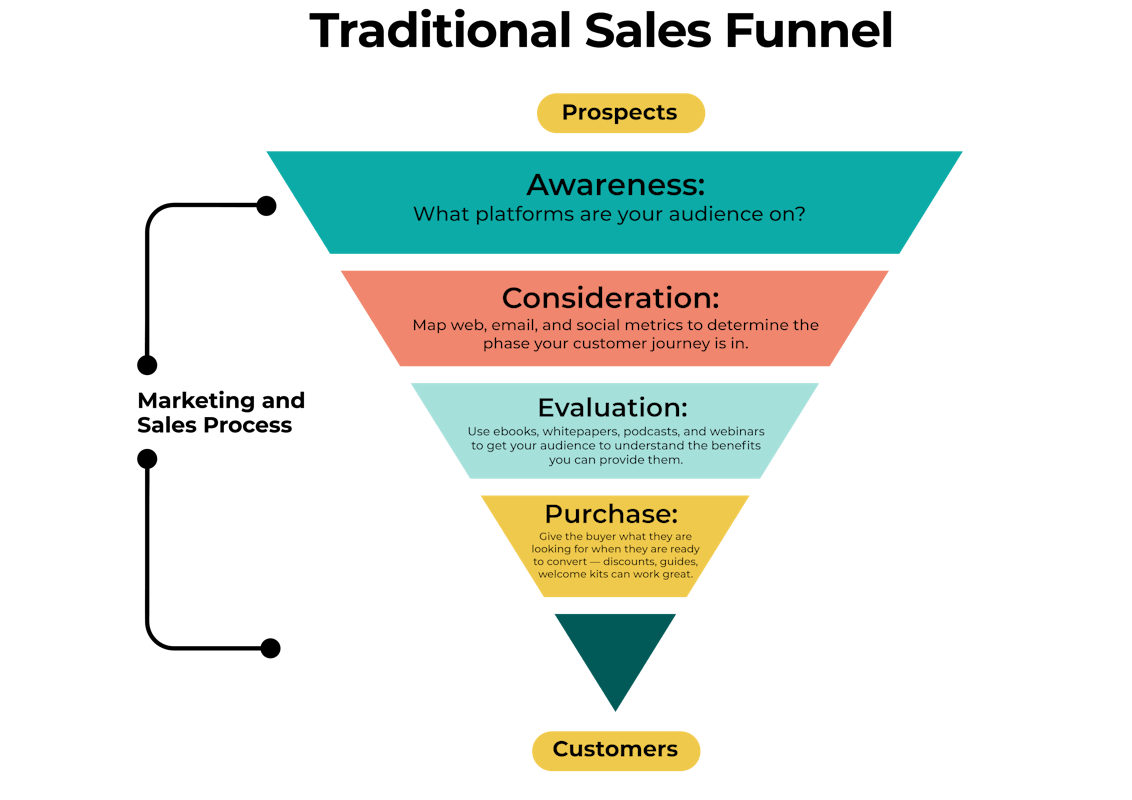
With the rise of digital marketing, though, what we know as a traditional funnel has evolved, but with the same goals in mind. Funnels are no longer linear because neither is the buyer’s journey. The sales process is becoming more and more complex.
This means you need to be ready to meet potential customers wherever they are in their journey, and their path toward conversion will likely be a tad...well, convoluted.
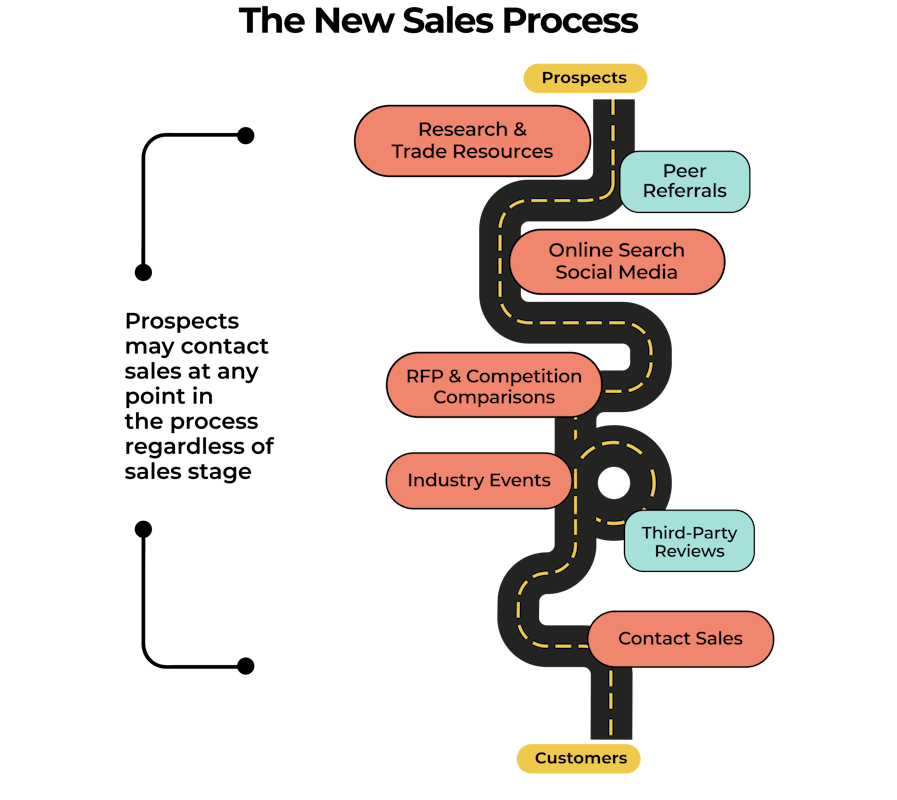
2. Marketing Automation Can Save Time and Increase Revenue
Saving time while increasing revenue is probably on every brand's wish list. Well, you’re in luck because that wish can come true. Marketing automation can boost the efficiency of the entire team. Who doesn’t want that? With marketing automation, you can:
- Complete tasks quicker
- Be consistent in your marketing
- Achieve more brand goals and achieve them more efficiently
- Reduce costs due to less errors and fewer resources needing to be utilized
- Increase revenue
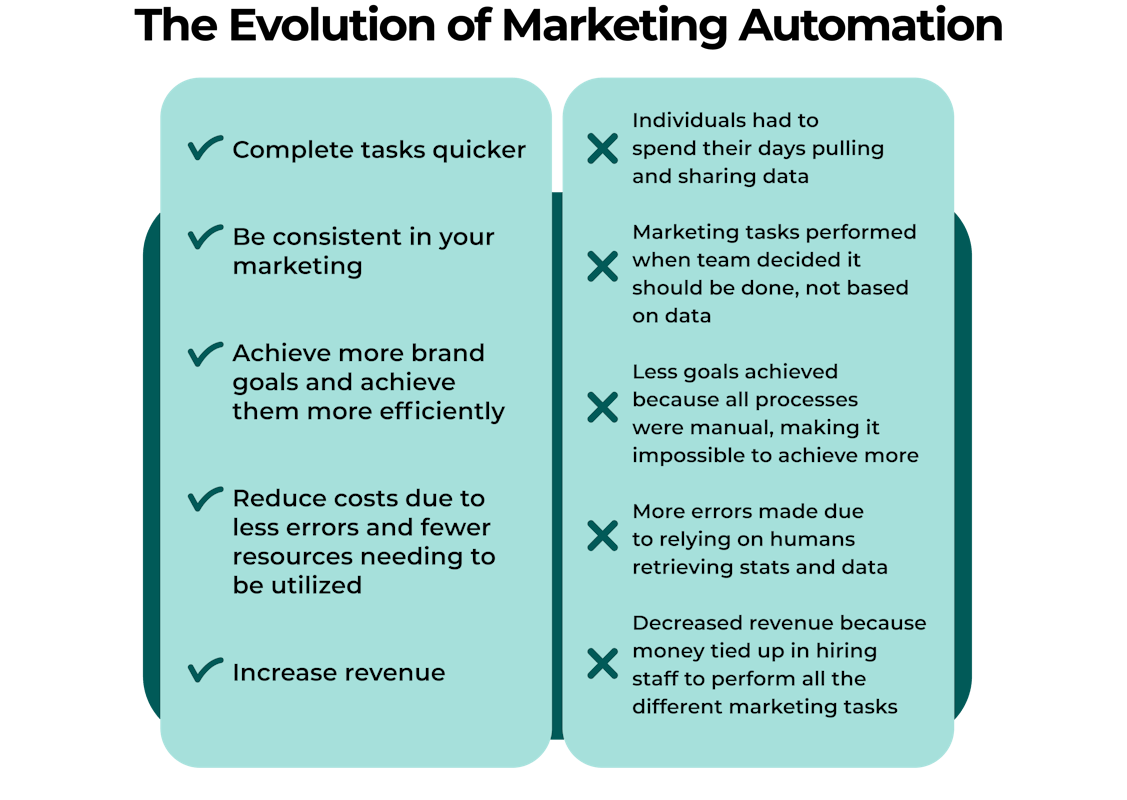
There are endless advantages and benefits for your business, your staff, and your customers. For instance, data collection will become simpler because you can have software to collect and send the data for you. Data provides valuable and actionable insights that you can then use to make decisions that are best for your customers.
This will then allow you to deliver a personalized experience for your customers through unique and targeted content based on the data you’ve collected. Need more help with marketing automation? We're a HubSpot partner and can help.
3. Zero-Party Data Gathering Is the Future
Having the right lead generation and lead nurturing strategy can make or break a brand. If you don’t take care of those who are going to be crucial to your success, someone else will. An essential step in your strategy is data collection.
With global privacy rules changing on what seems to be a daily basis, being proactive with the changes will keep you ahead of the competition. This is where zero-party data gathering comes in. Zero-party data comes directly from customers volunteering their information.
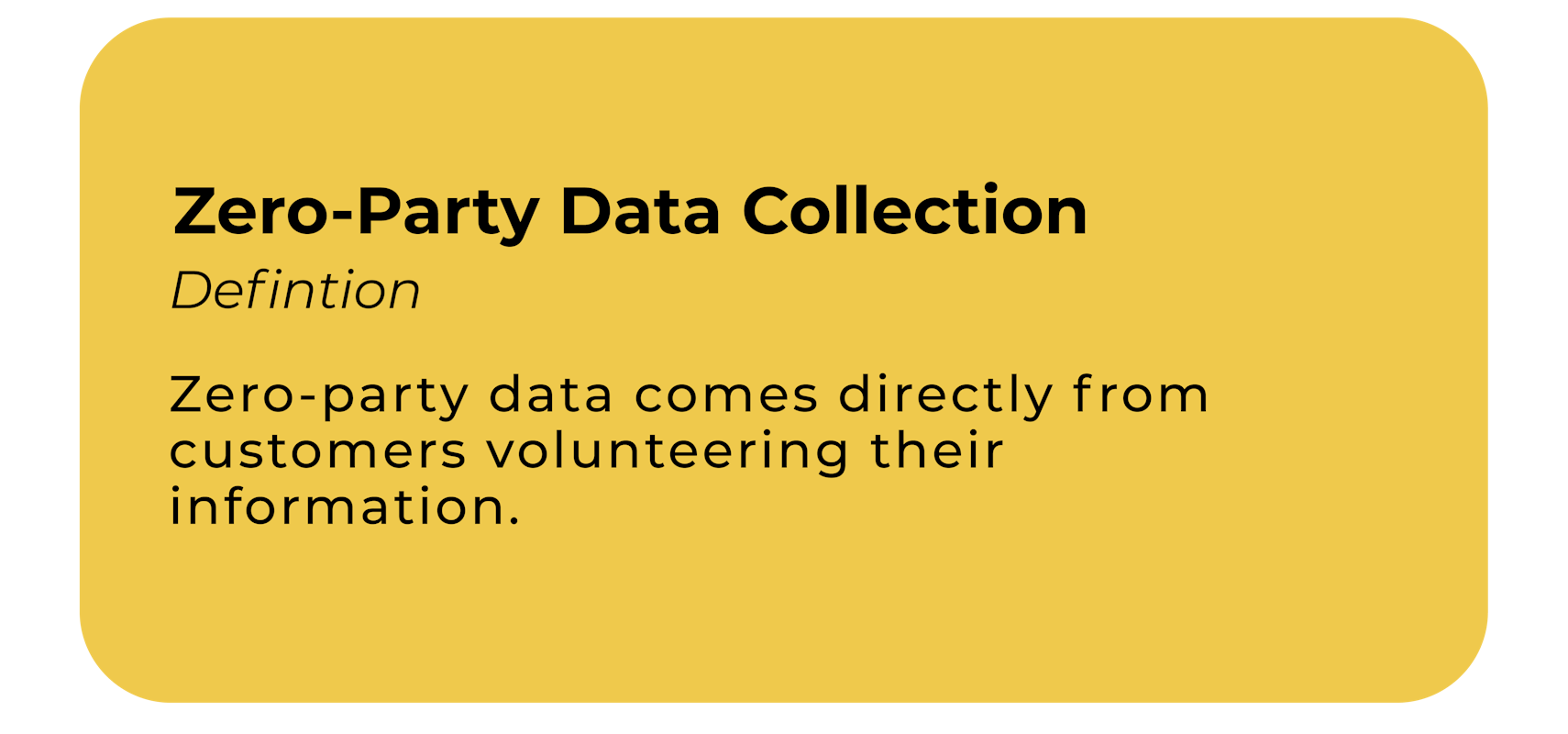
With zero-party data collection, you are following global privacy rules, getting new insights on your customers and building trust with them. How do you do this differently than how you've collected data in the past?
- Build personalized email campaigns that dive deeper and deeper to gain pertinent, yet volunteered information
- Use the data you've collected to release content and products based on what you've gathered
- Tailor your website to individuals based on their feedback - such as opt-ins or pop-ups for something they specifically are looking for
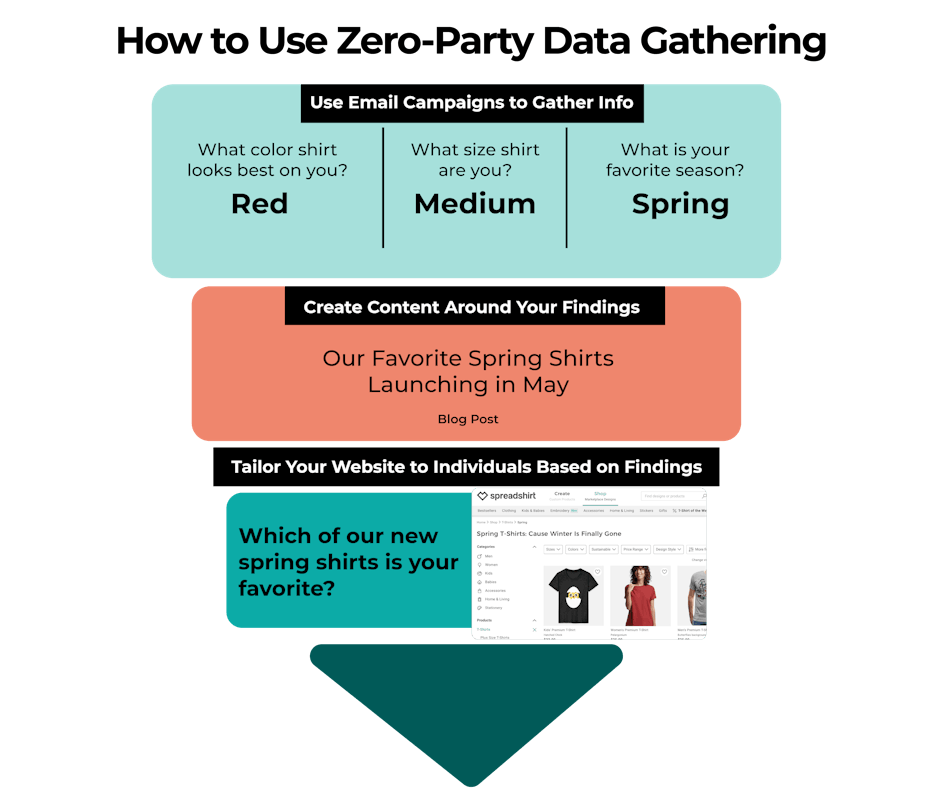
In addition to zero-party data collection, form design and the length of the forms to collect data are also factors that can impact your next launch and user engagement. Keep in mind that finding the right leads is still important, but giving them a clear and concise process to become a lead is just as important. Along with your marketing funnel, building and optimizing a lead funnel will help you really focus on getting and nurturing the leads.
4. Content: The More You Share, the More They Care
When we say the more you share, we don’t mean share unthoughtful or unplanned content. What we do mean is to have a plan to consistently share well-thought-out content that is going to benefit future and prospective leads. It also needs to be shared where your future and the prospective audience is. Just a few reasons creating content should be at the forefront of your marketing funnel:
- 93% of businesses that are currently active on Facebook
- 55 million companies use LinkedIn
- 200 million businesses on Instagram
- 30 million businesses on Snapchat

Gone are the days of creating content simply to buff up your website or to use on your favorite social media platform. As social media changes, your content strategy needs to evolve too. For example, with TikTok being the most popular platform, depending on your audience, your strategy should include content for TikTok.
What's just as important is making sure your content resonates enough with your audience that they engage with it. The more you share relevant content, the more your audience cares, which results in increased revenue.
5. Customer Loyalty and Advocacy Are Key
Providing high-quality service to your customers to retain them and keep them loyal can go a long way for your brand. With there always being a digital footprint left behind, consumers have more influence than ever on what others will purchase or use. Let’s get to the facts and the stats on the importance of customer loyalty and advocacy:
- 58.7% of consumers believe earning rewards/loyalty points is the most valued aspect of a shopping experience.
- 87% of Americans are OK with details of their activity being tracked in exchange for personalized rewards.
- The probability of selling to an existing customer is nearly 70%.
- 70% of consumers are likely to recommend a brand if they like their loyalty program.
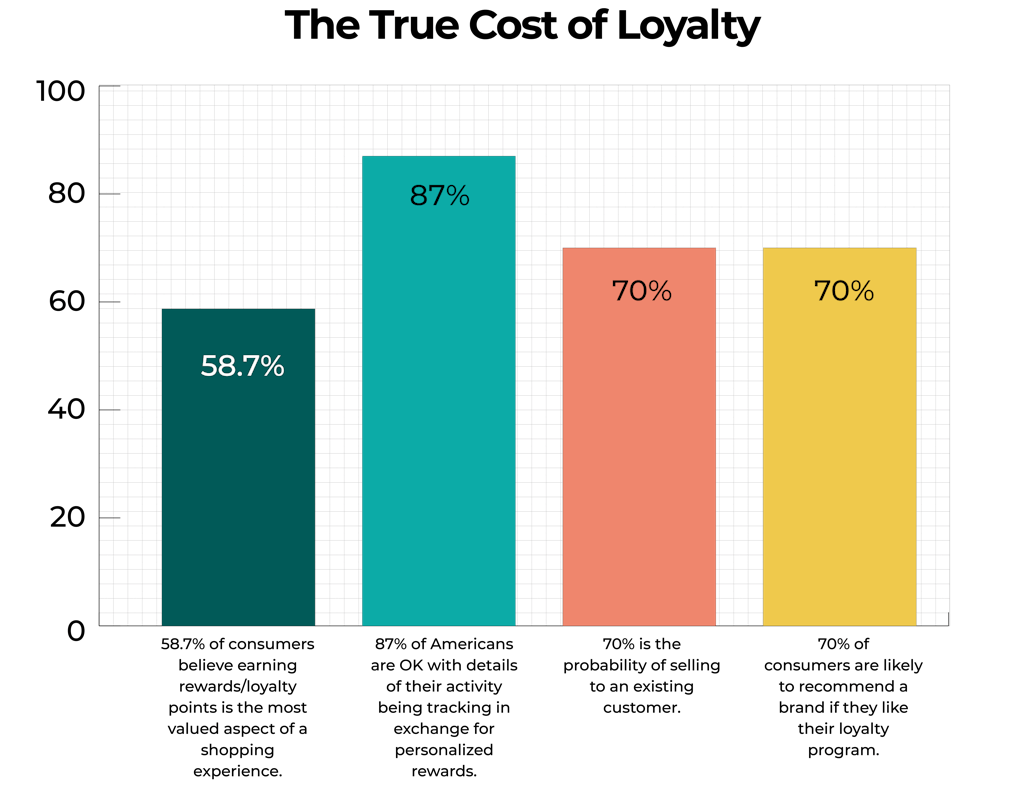
The stats about customer loyalty can create a list over a mile long. So how are you going to use this knowledge to your advantage? Personalization, referral programs, and offers.
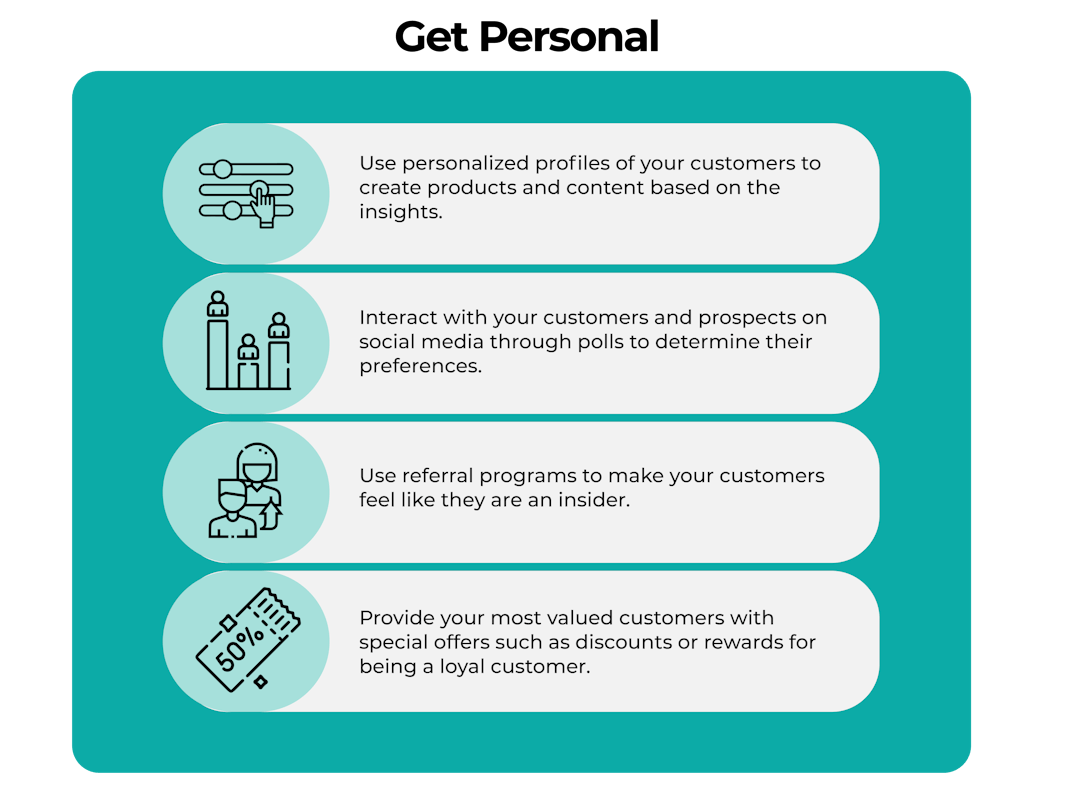
Use personalized profiles of your customers to create products and content based on the insights. Interact with your customers and prospects on social media through polls to determine their preferences. Use referral programs to make your customers feel like they are an insider. It builds trust and provides high ROI. Lastly, provide your most valued customers with special offers such as discounts or rewards for being a loyal customer.
As you move from a traditional sales and marketing funnel to a digital marketing funnel for your tech company, you will begin to see small differences that make a huge impact on your ROI.


